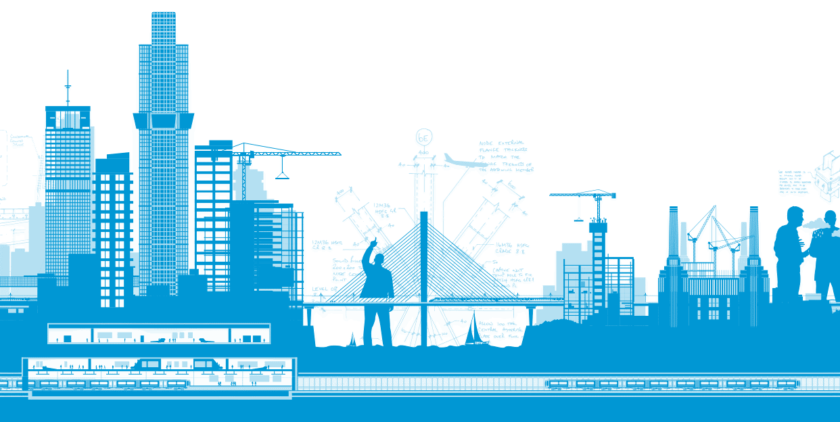All definitions mentioned under these title are mutatis and mutandis with the Fire Prevention and Life Safety Measurement Act-2013, Rules-2014 and Regulations-2016 made their under and amended from time to time.
- Automatic Sprinkler System means an arrangement of pipes and sprinklers, automatically operated by heat and discharging water on fire, simultaneously an audible alarm.
- Combustible Material means that material which when burnt adds heat to a fire when tested for combustibility in a accordance with the IS : 3808-1966 Method of Test for Combustibility of Building Material, National Building Code.
- Down Comer means an arrangement of fire fighting with in a building by means of down comer pipe connected to terrace tank through terrace pump, gate valve and non-return valve and having mains not less than 100 mm internal diameter with landing valve on each floor handling. It is also fitted with inlet connections at ground level for charging with water by pumping service appliances and air release valve at roof level.
- Dry Riser means an arrangement of fire fighting with in a building by means of down comer pipe connected to terrace tank through terrace pump, gate valve and nonreturn valve and having mains not less than 100 mm internal diameter with landing valve on each floor handling. It is also fitted with inlet connections at ground level for charging with water by pumping service appliances and air release valve at roof level.
- Fire Alarm System (also Emergency Alarm System) Means an arrangement of call points or detectors, sounders and other equipment for the transmission and indication of alarm signals working automatically or manually in the event of fire.
- Fire Lift Means a lift installed to enable fire services personnel to reach different floors with minimum delay, equipped with all necessary features.
- Fire Proof Door (also Fire Resistant Door) means a door or shutter fitted to a wall opening, and constructed and erected with the requirement to check the transmission of heat and fire for a specified period.
- Fire Pump (also Fire Booster Pump) means a machine, driven by external power for transmitting energy to fluids by coupling the pump to a suitable engine or motor, which may have varying outputs/capacity but shall be capable of having a pressure of 3.2 kg/cm2 at the topmost level of multi- story or high rise building.
- Fire Resistance means the time during which a fire resistant material i.e. material having a certain degree of fire resistance, fulfils its function of contributing to the fire safety of a building when subjected to prescribed conditions of heat and load or restraint. The fire resistance test of structures shall be done in accordance with TS: 3809-1966 Fire Resistance Test of Structure.
- Resistance to collapse in case of fire (minimum 2 hours) Resistance to penetration of flame and hot gases.
- Resistance to temperature rise on the unexposed face up to a maximum of 180°C and / or average temperature of 150°C.
- Fire Resistance Rating means the time that a material or construction will withstand the standard fire exposure as determined by fire test done in accordance with the standard methods of fire tests of material/structures.
- Fire Separation means the distance in meter measured from any other building on the site or from another site, or from the opposite side of a street or other public space to the building.
- Fire Service Inlet means a connection provided at the base of a building for pumping up water through-in-built fire-fighting arrangements by fire service pumps in accordance with the recommendation of the Chief Fire Officer.
- Fire Stairs means an enclosed staircase which can only be approached from the various floors through landings or lobbies separated from both the floor area and the staircase by fire resisting doors.
- Fire Stop means a fire resistance material or construction having a fire resistance rating of not less than the separating elements and installed in concealed spaces or between structural elements of a building to prevent the spread of public propagation of fire and smoke through walls, horizontal or vertical piping through cable ducts, ceiling and the like gas as per laid down criteria and having fire resistance capacity of at least 2 hours.
- Fire Tower Means an enclosed staircase which can only be approached from the various floors through landings or lobbies separated from both the floor area and the staircase by fire resistant doors and open to the outer air.
- Pressurization means the establishment of a pressure difference across a barrier to project a stairway, lobby, escape route or room of a building from smoke penetration.
- Smoke-Stop Door means a door for preventing or checking the spread of smoke from one area to another.
- Venting Fire means the process of including heat and smoke to level a building as quickly as possible by such paths that lateral spread of fire and heat is checked, fire fighting operations are facilitated and minimum fire damage is caused.
- Wet Riser an arrangement for fire fighting within the building by means of vertical rising mains not less than 100 mm nominal diameter with landing valve on each floor /landing for fire fighting purposes, and permanently charged with water from a pressurized supply.
Please follow and like us:


